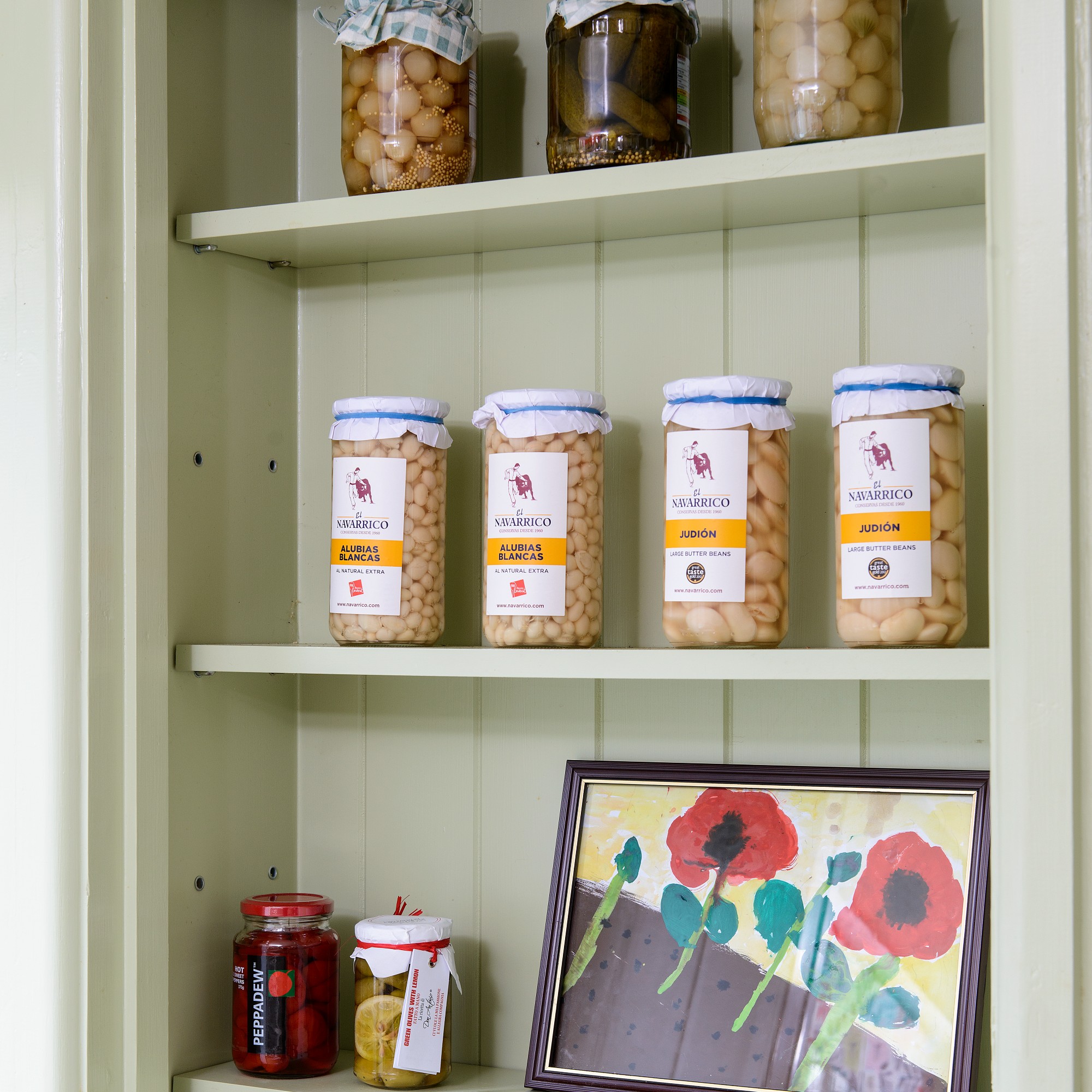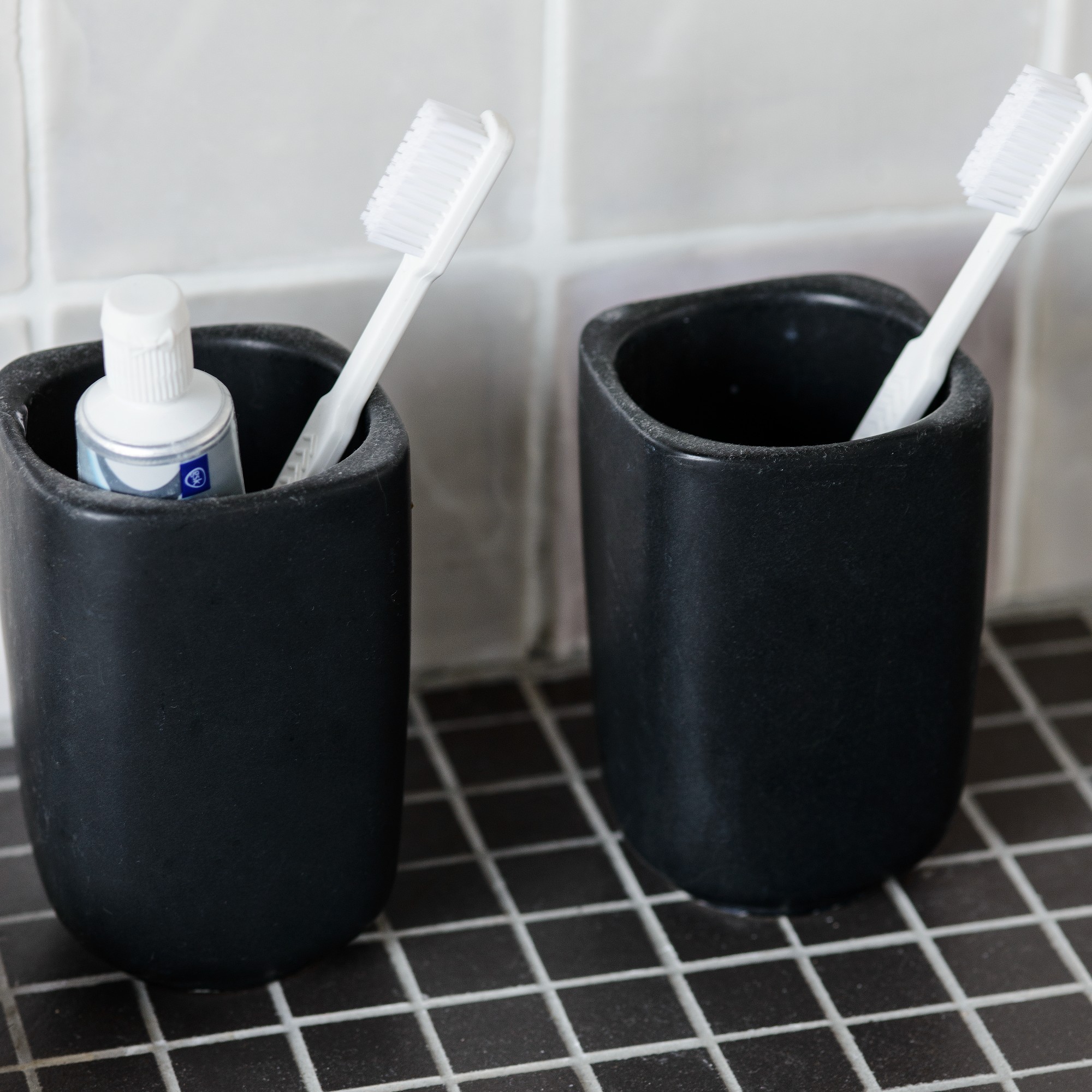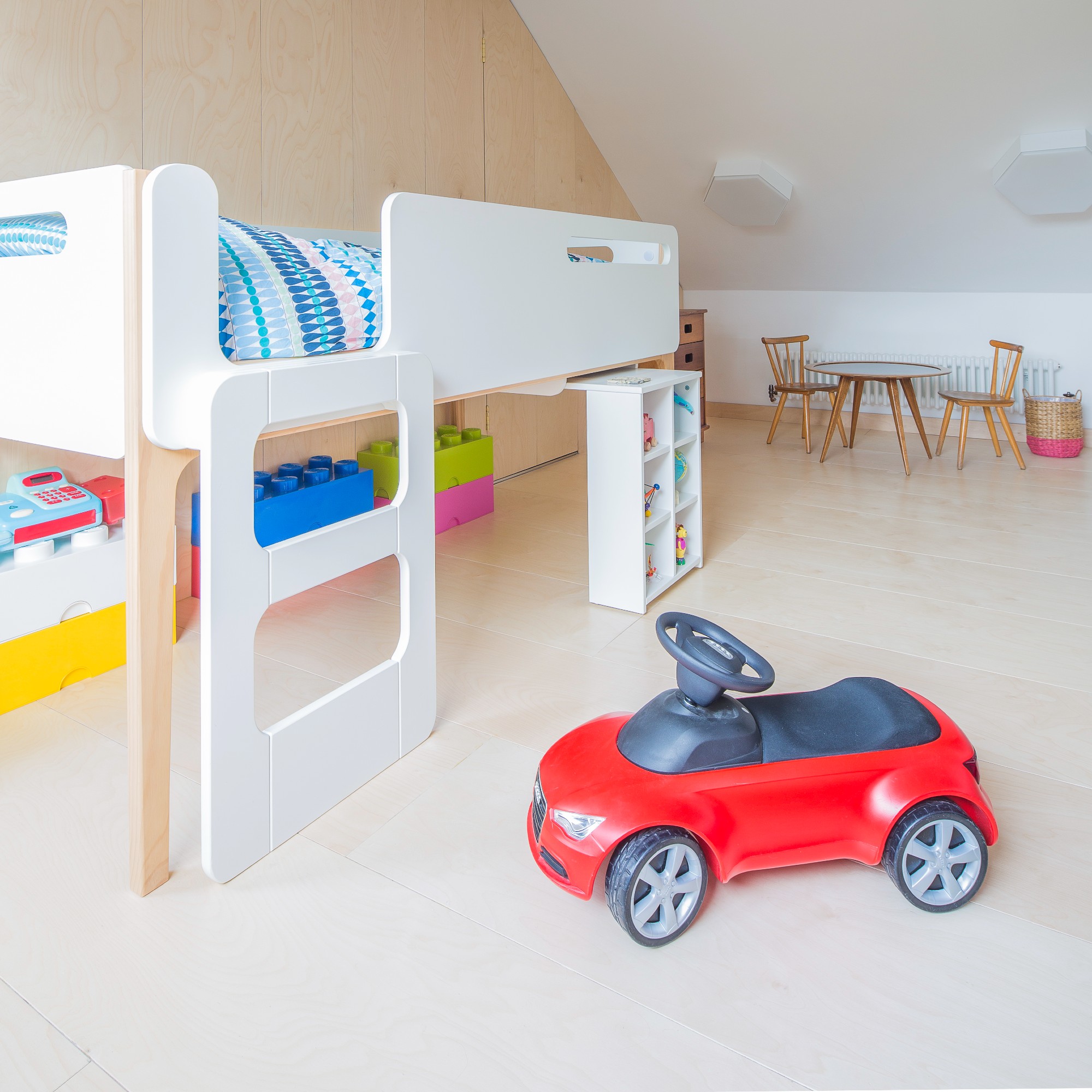We just found out these items aren’t recyclable - have you been making the same mistakes?
The top 5 recycling mistakes you didn’t know you were making in the name of wishcycling


Have you ever thrown something you weren’t quite sure about in the recycling bin in the hopes that it’s recyclable? Of course you have, we are guilty of it too, we all have done that at some point. Unless, of course, you’re a recycling expert, well-educated on the subject. This is what’s called wishcycling or aspirational recycling.
And while it usually comes from a good place, unfortunately, this action does more damage than good. Actually, it only does damage, no good. Sorry to be the one to break it to you. We mean well but it’s time to stop and educate ourselves about what we’re doing wrong so that we can correct our recycling mistakes and find ways to recycle in style. Our experts explain exactly why wishcycling is damaging, what are some of the most commonly mis-recycled items and what to do with them instead.
Why do we wishcycle?

As we become more aware of the importance of tackling waste, we want to see our rubbish and household items recycled rather than end up in landfills. This is at the root of wishcycling. It’s not all you. Recycling is confusing which is why you’re probably making these mistakes. Much of the confusion is due to the fact that what can be recycled varies from council to council.
‘Each council has its own rules as to what it can accept and these rules can differ significantly, even between neighbouring councils and this can lead to vastly differing recycling rates,’ says Stephen Clarke, head of communications at TerraCycle Europe. ‘According to the most recent figures for 2020/21, for example, the highest ranked council had a recycling rate of 64.2%, whilst the lowest recycled just 17.9%.’

Well, we hope that we live in the one with the 64.2% recycling rate. But either way, always check your local council’s website to find out what they accept for recycling. Stephen also recommends Recycle Now, a handy tool where you ‘can easily check where and how to recycle a wide range of household waste’ according to your postcode.
Recycling signs are also not as clear as they could be, according to William Green, ocean expert at Ocean Info, which leads to further errors. ‘Although packaging has come a long way, recycling marks and signs need to be clearer. Mixed materials in packaging such as non-recyclable plastic with cardboard add to the issue too, these can be separated but usually are thrown away together. Certain carrier bags and packaging can be recycled but are required to go to specific collection points so people assume that if they can be recycled there then they can be recycled at home.’
What are the problems with wishcycling?

Now that you know what it is and why we do it, you’re probably thinking what exactly is wrong with throwing the wrong items in your recycling kitchen bin. If that one extra thing you’ve mixed in with the rest of your recycling can’t be recycled, then they can just throw it out and recycle the rest, right? Wrong. Unfortunately, the opposite is true.
Sign up to our newsletter for style inspiration, real homes, project and garden advice and shopping know-how
‘Where consumers aren’t sure about the recyclability of an item they may be inclined to put it in the recycling bin anyway and assume it will be filtered out during the recycling process. This isn’t always the case, and waste that is otherwise recyclable can end up not being recycled,’ Stephen says.
‘It can lead to contamination of otherwise recyclable materials and result in whole batches of waste being sent to landfill and incineration. Not only does this have a detrimental impact on the environment, but it’s also a waste of a recycling plant’s time and resources,’ he explains. ’Further issues can arise when containers still contain food or product residue. Sticky residue can clog up machinery and interfere with the sorting processes meaning whole processing runs of waste are discarded and sent to landfill.’
The 5 recycling mistakes you’re making

These are the most commonly wrongly recycled items and categories and what you should do with them instead.
Dirty food packaging - As mentioned before, packaging with food residue often leads to contamination of the otherwise recyclable items and at times, it can clog up the machinery. This applies to greasy cardboard pizza boxes, jars and cans from sauces and the likes that haven’t been washed properly. Put those boxes (and anything that can’t be cleaned) in the regular rubbish bin and wash the jars and cans properly before recycling them.
Crisp packets - Crisp packets are widely not accepted for recycling as ‘they are made from plastic lined with a metallic material and if they are recyclable, they require specialised processing,’ William explains. However, TerraCycle offers a paid recycling solution with its Zero Waste Bag, in which you can collect your crisp bags (and other items that the company offers to recycle) and send it off for TerraCycle to process.

Toothpaste tubes - While most toothpaste tubes are made from recyclable plastic, the problem with them is that they are considered contaminated since there is always that tiny bit of toothpaste left in the tube. If you want to go the extra mile, William suggests cutting the tube open and cleaning it out. And this goes for any tubes.
Plastic carrier bags - They are made from plastic, so why can’t they be recycled? The thing is, they can. Just not at home. The best thing to do is collect them and when you have a bunch, take them to a collection point which you can find in most large supermarkets.
Toys - Despite usually being made from plastic, toys are not widely accepted for recycling as Recycle Now points out in their recent Instagram post. Instead, if in still working order, donate your unwanted toys to charity shops or the likes. Otherwise, TerraCycle also accepts non-electrical toys in their recycling collection.

Sara Hesikova has been a Content Editor at Ideal Home since June 2024, starting at the title as a News Writer in July 2023. She is now also the Ideal Home Certified Expert in Training on Furniture, and so far has tested over 150 different sofas.
Graduating from London College of Fashion with a bachelor’s degree in fashion journalism in 2016, she got her start in niche fashion and lifestyle magazines like Glass and Alvar as a writer and editor before making the leap into interiors, working with the likes of 91 Magazine and copywriting for luxury bed linen brand Yves Delorme among others.